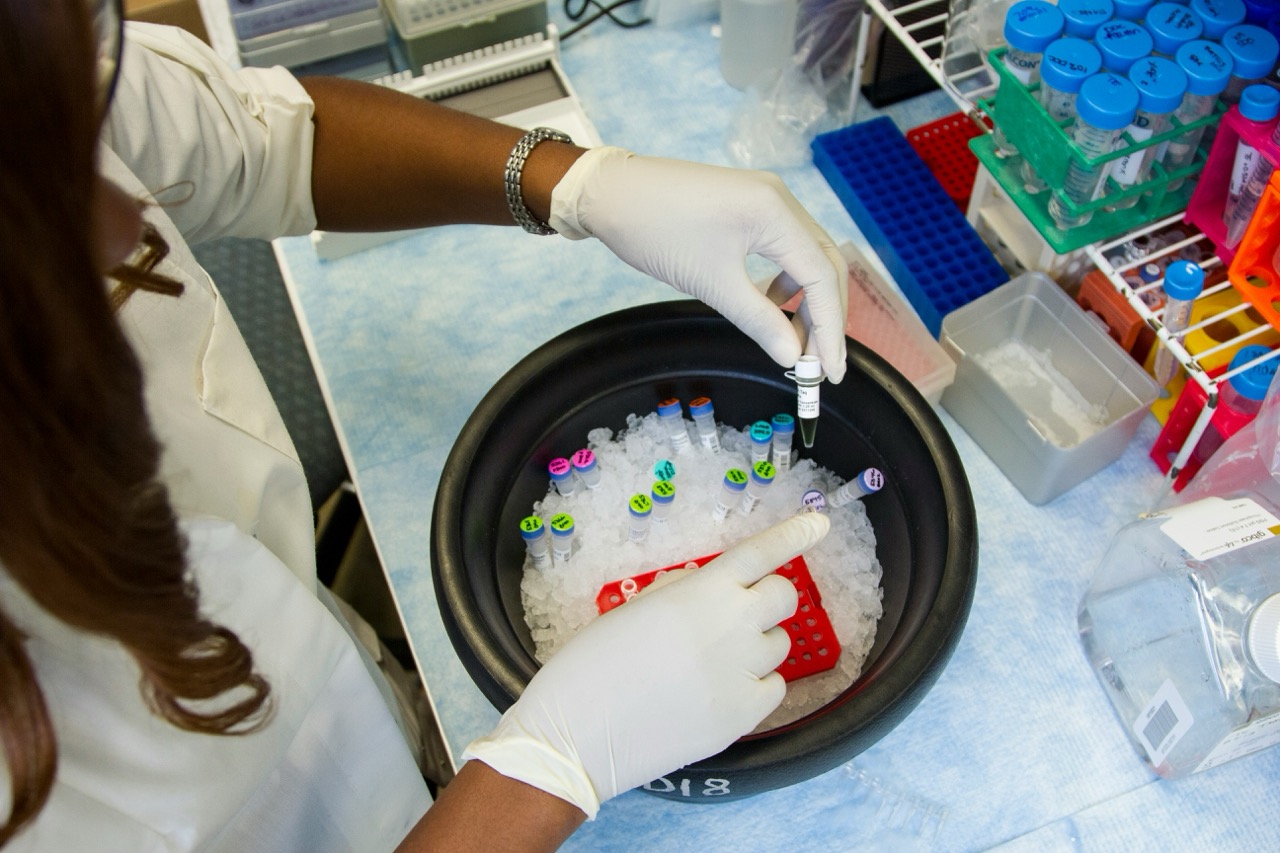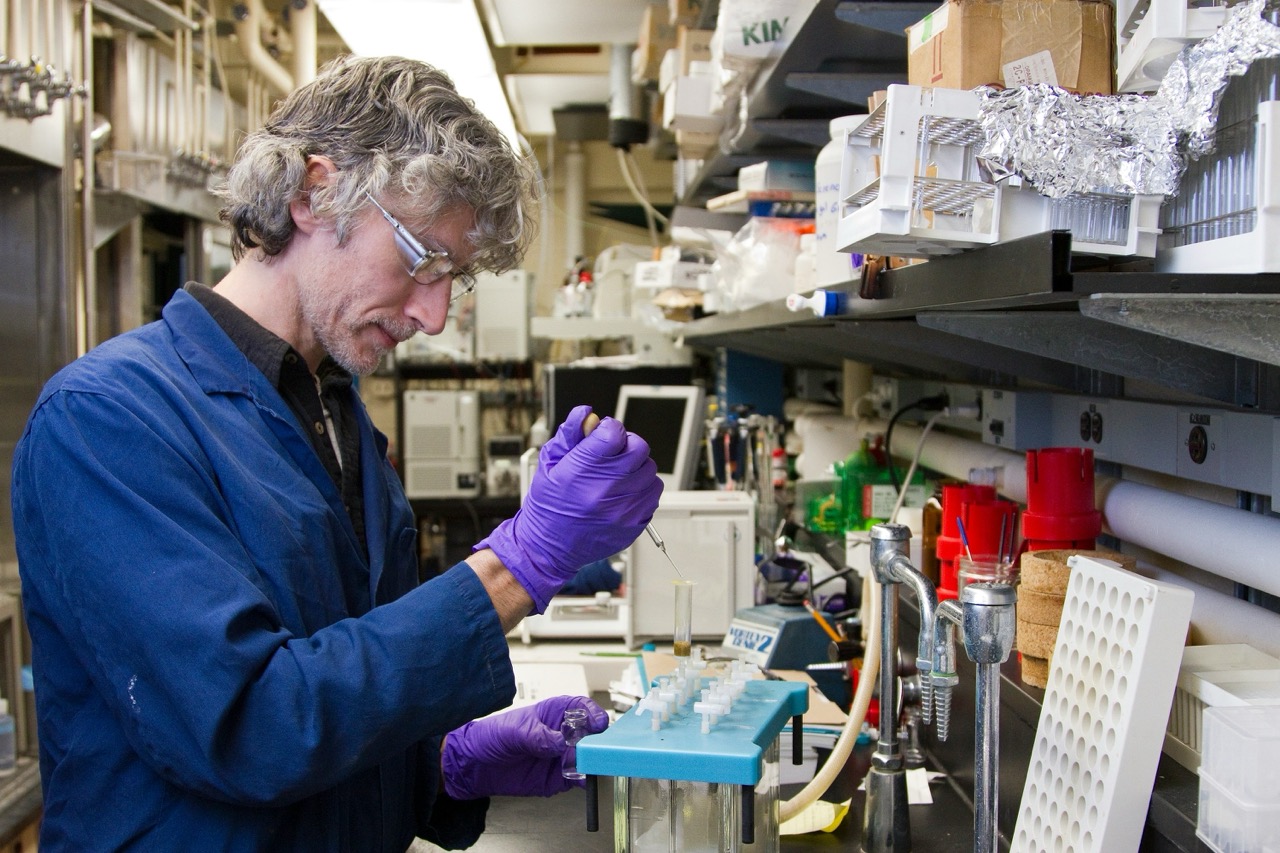Pre-exposure prophylaxis, commonly known as PrEP, has emerged as a revolutionary strategy in the fight against HIV. This preventive approach involves the daily intake of antiretroviral medication by individuals who are at high risk of contracting HIV. With the potential to significantly reduce the transmission rates of the virus, PrEP represents a crucial component of comprehensive HIV prevention strategies. As awareness of its effectiveness grows, so does the need for a deeper understanding of how PrEP works, who can benefit from it, and the implications of its use.
This article aims to provide a thorough overview of PrEP, discussing its purpose, mechanisms, eligibility criteria, available medications, and more. By examining these aspects, we hope to equip readers with the knowledge necessary to make informed decisions regarding HIV prevention strategies.
Understanding PrEP: A Comprehensive Overview of Its Purpose
PrEP is designed for individuals at significant risk of HIV infection, offering them a proactive approach to safeguarding their health. The main purpose of PrEP is to reduce the likelihood of acquiring HIV through high-risk behaviors such as unprotected sex or sharing needles. When taken consistently, PrEP has been shown to reduce the risk of HIV transmission by up to 99%, making it an essential tool in combatting the HIV epidemic.
In addition to providing a protective barrier against HIV, PrEP also serves to empower individuals by giving them an active role in their health decisions. It fosters a sense of control, allowing users to take charge of their sexual health and reduce their vulnerability to infection. This shift in perspective is crucial, especially in communities disproportionately affected by HIV, as it can lead to increased engagement in healthcare and healthier lifestyle choices.
The Mechanism of Action: How PrEP Prevents HIV Transmission
PrEP works by using antiretroviral drugs to inhibit the replication of the HIV virus within the body. The medications primarily involved in PrEP, such as tenofovir and emtricitabine, interfere with HIV’s ability to establish an infection if exposure occurs. When taken before potential exposure, these drugs ensure that HIV cannot successfully replicate, thereby significantly lowering the chances of infection.
Moreover, PrEP must be taken consistently to maintain effective drug levels in the bloodstream, providing continuous protection against HIV. This mechanism highlights the importance of adherence to the prescribed regimen, as missing doses can diminish the protective effect and potentially lead to HIV infection if exposed.
Eligibility Criteria: Who Should Consider Taking PrEP?
PrEP is recommended for individuals who are at a higher risk of contracting HIV, including those with multiple sexual partners, men who have sex with men, and individuals who engage in injection drug use. Additionally, individuals in serodiscordant relationships—where one partner is HIV-positive and the other is HIV-negative—are also encouraged to consider PrEP as a preventive measure.
Before starting PrEP, a healthcare provider evaluates several factors, including the individual’s HIV status, overall health, and potential risk behaviors. It is essential to have open and honest discussions with healthcare professionals to determine if PrEP is a suitable option based on personal circumstances and lifestyle choices.
Types of PrEP Medications: A Breakdown of Available Options
Currently, the most widely recognized PrEP medication is Truvada, which contains a combination of tenofovir disoproxil fumarate and emtricitabine. In recent years, another option, Descovy, has been introduced, which includes tenofovir alafenamide instead of tenofovir disoproxil fumarate. Both medications are effective, though Descovy is currently approved for use only in certain populations, such as men and transgender women.
The choice between these medications may depend on various factors, including side effect profiles, kidney function, and personal health history. Healthcare providers play a crucial role in guiding individuals through these options, ensuring that the selected medication aligns with their health needs and lifestyle.
Dosage and Administration: Guidelines for Effective Use
For maximum efficacy, PrEP should be taken once daily, ideally at the same time each day. Consistency in dosage is vital to maintain adequate drug levels in the bloodstream and provide reliable protection against HIV. Patients should be counseled on the importance of adherence to their PrEP regimen, as irregular intake can compromise its effectiveness.
In some cases, healthcare providers may recommend a "PrEP on demand" approach, particularly for individuals who engage in infrequent high-risk behaviors. This strategy involves taking PrEP before and after potential exposure, but it requires thorough consultation with a healthcare professional to ensure proper understanding and adherence to the regimen.
Potential Benefits: The Impact of PrEP on Public Health
The widespread use of PrEP has the potential to make significant strides in public health, particularly in areas with high rates of HIV transmission. By reducing the incidence of new infections, PrEP can alleviate the burden on healthcare systems and decrease the socio-economic impacts associated with HIV. The availability of PrEP also encourages individuals to engage in regular health check-ups and screenings, fostering a proactive approach to healthcare.
Moreover, PrEP can contribute to the normalization of discussions around sexual health and HIV prevention, which may reduce stigma associated with both HIV and preventive measures. As more individuals become aware of and access PrEP, there is potential for broader community benefits, including decreased transmission rates and heightened public awareness of HIV issues.
Assessing Risks: Side Effects and Considerations for Users
While PrEP is generally well-tolerated, it is not without potential side effects. Commonly reported side effects can include nausea, headache, and fatigue, particularly during the initial weeks of treatment. These side effects are often transient and may resolve as the body adjusts to the medication. However, healthcare providers should monitor patients for any adverse reactions and adjust treatment plans as necessary.
It is also essential for individuals to understand that PrEP does not protect against other sexually transmitted infections (STIs) or unintended pregnancies. This limitation underscores the importance of comprehensive sexual health education that incorporates various preventive measures, including condom use and regular STI screenings.
Regular Monitoring: Importance of HIV Testing and Follow-Ups
Initiating PrEP requires ongoing monitoring to ensure its effectiveness and safety. Individuals taking PrEP should undergo regular HIV testing every three months, as well as kidney function tests, to monitor any potential side effects or complications. This follow-up is crucial because it allows for timely interventions should any issues arise.
Furthermore, continuous engagement with healthcare providers promotes a supportive environment for discussing sexual health and any behavioral changes. This ongoing relationship can help to reinforce adherence to PrEP and encourage healthy decision-making regarding sexual practices.
Integrating PrEP with Other Preventive Measures: A Holistic Approach
PrEP is most effective when used in conjunction with other preventive measures, such as condom use and regular testing for STIs. A holistic approach to HIV prevention recognizes that no single method is sufficient on its own; rather, a combination of strategies can provide optimal protection. Educating individuals about the importance of integrating these methods into their sexual health practices is essential.
Additionally, community programs and outreach initiatives can help disseminate information about PrEP and its role within a broader HIV prevention framework. By fostering collaboration between healthcare providers, community organizations, and individuals at risk, we can create a more comprehensive approach to combating HIV.
Addressing Myths: Common Misconceptions About PrEP
Despite the proven efficacy of PrEP, several misconceptions persist that can hinder its widespread use. One common myth is that PrEP is only for individuals who are HIV-positive or who engage in "high-risk" behavior. In reality, PrEP is a preventive measure designed for those who are HIV-negative but may be at risk, empowering them to protect themselves proactively.
Another misconception is that taking PrEP can lead to promiscuous behavior, as users may feel overly confident in their sexual activities. However, evidence suggests that individuals on PrEP often maintain or even increase their engagement in safer sex practices. Addressing these myths through education and community discussions is vital to encouraging informed decision-making regarding PrEP.
Access and Affordability: Navigating PrEP in Healthcare Systems
Access to PrEP can be a significant barrier for many individuals, particularly in regions with limited healthcare resources or where stigma surrounding HIV persists. Ensuring that healthcare providers are knowledgeable about PrEP and its benefits is crucial for facilitating access. Furthermore, educational campaigns can help raise awareness about available services and resources.
Affordability is another critical factor influencing PrEP access. While some insurance plans may cover the cost of PrEP, others may not, leading to disparities in availability. Programs that offer financial assistance or sliding-scale fees can help bridge this gap, making PrEP more accessible to high-risk populations.
Future Directions: Research and Innovations in HIV Prevention
As the landscape of HIV prevention continues to evolve, ongoing research into new formulations and methods of PrEP is vital. Current studies are exploring long-acting injectable options, which could provide alternative delivery methods for those who may struggle with daily adherence. Innovations in PrEP formulations could enhance efficacy, safety, and convenience.
Additionally, future research may focus on identifying new populations that could benefit from PrEP and understanding its long-term effects. By continuously advancing our knowledge and adapting strategies, we can strive toward the ultimate goal of eradicating HIV transmission.
In conclusion, PrEP represents a significant advancement in HIV prevention, providing individuals at risk with an effective tool to protect their health. Understanding its purpose, mechanism, eligibility, and how it fits into a broader prevention strategy is essential for maximizing its potential benefits. By addressing the myths surrounding PrEP and ensuring equitable access, we can work collectively towards reducing HIV transmission rates and improving public health outcomes for all. The future of HIV prevention is promising, with ongoing research and innovations poised to transform the landscape even further.










